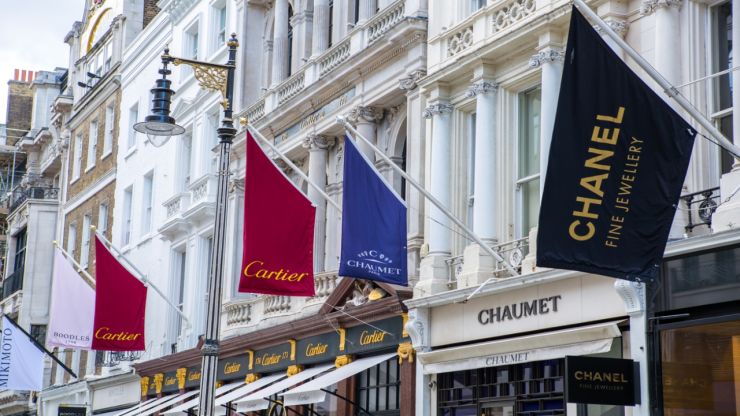- A recent report by BCG and The Altagamma Foundation has highlighted how Millennials and Generation Z are the driving force behind the growing luxury goods market.
- The younger demographic is now the largest consumer of international luxury items as they overtake older high net-worth individuals (HNWIs) in their consumer habits.
- The global market for luxury goods is experiencing substantial growth around the world.
The global luxury goods market has witnessed substantial growth in the first half of 2023, with Millennials and Generation Z being the top worldwide consumers of high-end brands.
The True-Luxury Global Consumer Insight report for July 2023 from BCG and The Altagamma Foundation has highlighted the growing influence of Millennials and Generation Z in the luxury goods industry.
According to the report, the global market for luxurious items is predicted to have a value of €1,300bn by 2026 and is anticipated to increase at an annual rate of 6%.
The report found that 75% of luxury goods buyers in the next five years will be Millennials and Generation Z. This indicates a vast demographic shift from older HNWIs dominating the luxury goods market to the younger generation.
BCG’s research focused on 12,000 people from the world’s 12 biggest luxury markets – the US, UK, Italy, France, Germany, Brazil, China, Japan, South Korea, India, the UAE and Saudi Arabia.
The chosen participants were recorded to spend an average of €39,000 per year on premium goods, which included items such as clothing, accessories, jewellery, watches, perfumes, cosmetics, hotels, restaurants, wines and spirits.
HNWIs who wish to invest in luxury goods across the globe should ensure that they use a safe money transfer method when completing their purchases.
35% of those surveyed stated that they had purchased pre-owned international luxury items in the last 12 months, which is a 7% increase from 2020; 26% had opted to rent luxury goods, which is a 4% increase from 2021.
By 2026, the European e-commerce market is expected to nearly double, to around €400bn, from €200bn in 2016.
According to the report, young HNWIs are driving this growth, as they are estimated to spend 15% more than other age groups.
Wealthy individuals looking to invest in the luxury sector should utilise safe methods of money transfer when sending funds.
HNWIs interested in purchasing or renting luxury clothing items from overseas can use our online money transfer comparison tool to compare foreign exchange rates.









